PEARL MILK TEA AND PIG FEET: TRAVERSING TAIWAN THROUGH ITS CUISINE
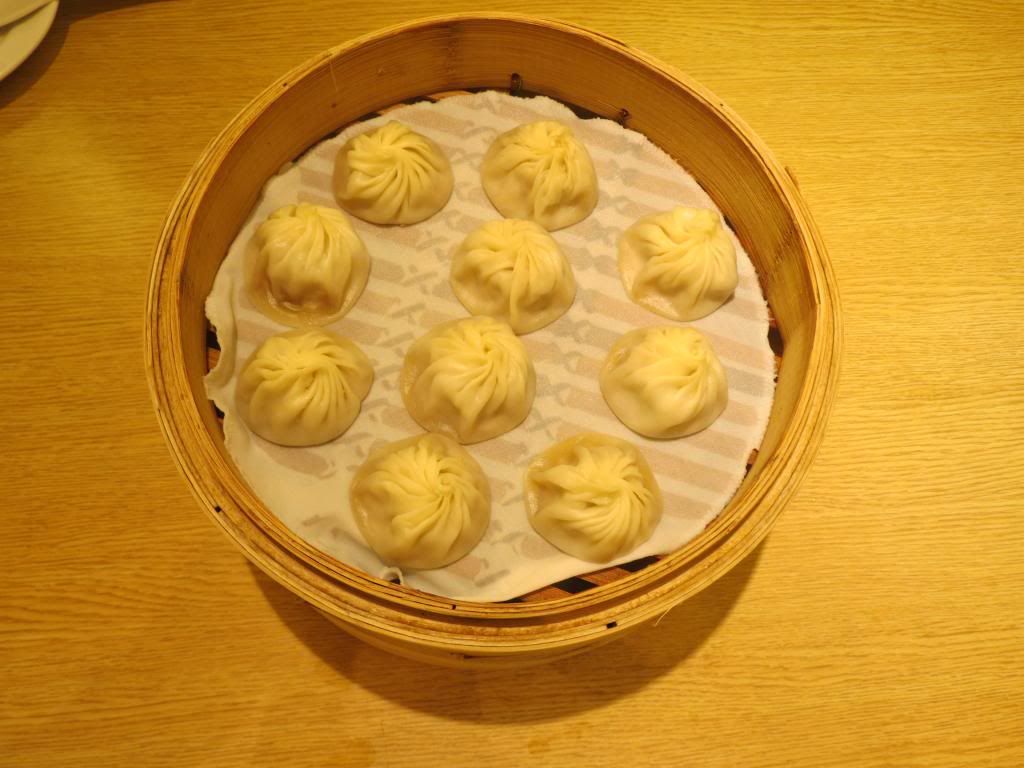 By Kirstie YuStaff WriterEvery summer for as long as I can remember, I visit my family and relatives in Taiwan for up to a month. Late last year, Taiwan became only the 37th nation to be included in the United States’ visa-waiver program, so for the first time I was able to stay for a little over 45 days this year.What made this year’s trip special was that I was extremely blessed to have my uncle and aunt take me to see so many new cities and to have my dad introduce my brother and me to the city of Tainan, where he works. Every city I traveled to has a distinct flavor that really defines both the region and Taiwanese culture as a whole.TaipeiWhen I visit Taiwan, I always stay with my grandmother and aunt in Taipei (台北), the capital of Taiwan. Taipei is in northern Taiwan. My absolute favorite pearl milk tea (珍珠奶茶) in the entire world is from Chen San Ding (陳三鼎), a local shop in a Taipei shopping district called Gongguan (公館), right across the street from National Taiwan University (台大).
By Kirstie YuStaff WriterEvery summer for as long as I can remember, I visit my family and relatives in Taiwan for up to a month. Late last year, Taiwan became only the 37th nation to be included in the United States’ visa-waiver program, so for the first time I was able to stay for a little over 45 days this year.What made this year’s trip special was that I was extremely blessed to have my uncle and aunt take me to see so many new cities and to have my dad introduce my brother and me to the city of Tainan, where he works. Every city I traveled to has a distinct flavor that really defines both the region and Taiwanese culture as a whole.TaipeiWhen I visit Taiwan, I always stay with my grandmother and aunt in Taipei (台北), the capital of Taiwan. Taipei is in northern Taiwan. My absolute favorite pearl milk tea (珍珠奶茶) in the entire world is from Chen San Ding (陳三鼎), a local shop in a Taipei shopping district called Gongguan (公館), right across the street from National Taiwan University (台大).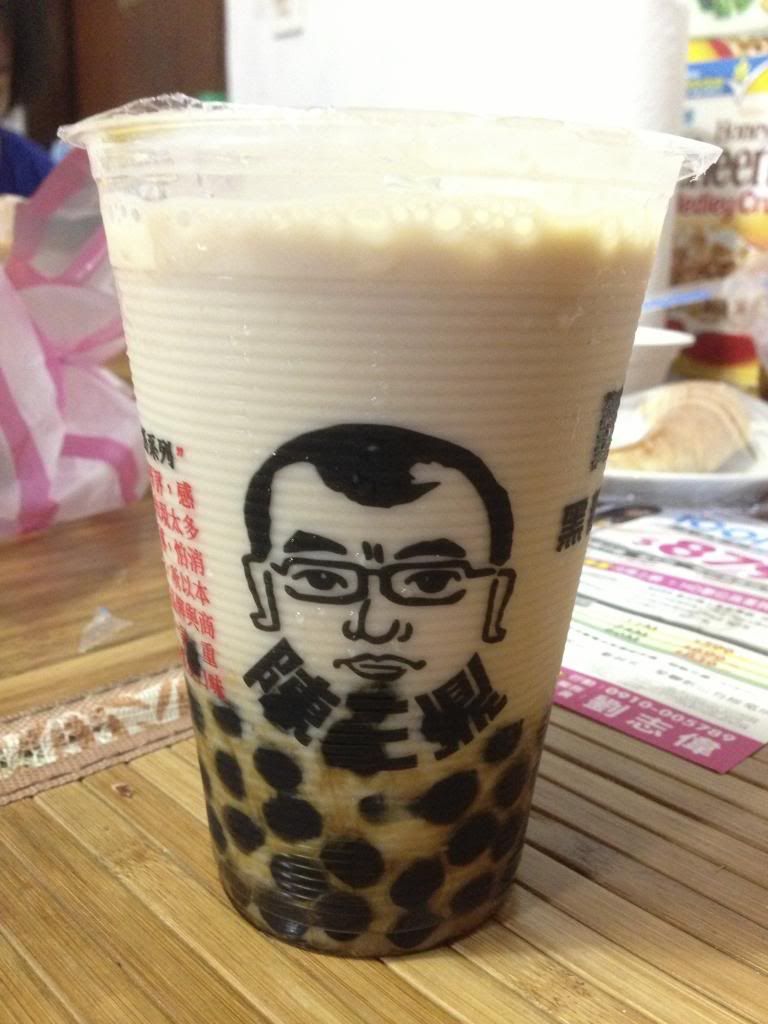 Chen San Ding originated the use of brown sugar pearls in their milk tea, but had to change the name of their place after several knockoff shops began to pop up. They coined the name “Frog Hits the Milk” (青蛙撞奶) for their pearl milk tea, which alludes to how the pearls look like frog eggs.
Chen San Ding originated the use of brown sugar pearls in their milk tea, but had to change the name of their place after several knockoff shops began to pop up. They coined the name “Frog Hits the Milk” (青蛙撞奶) for their pearl milk tea, which alludes to how the pearls look like frog eggs.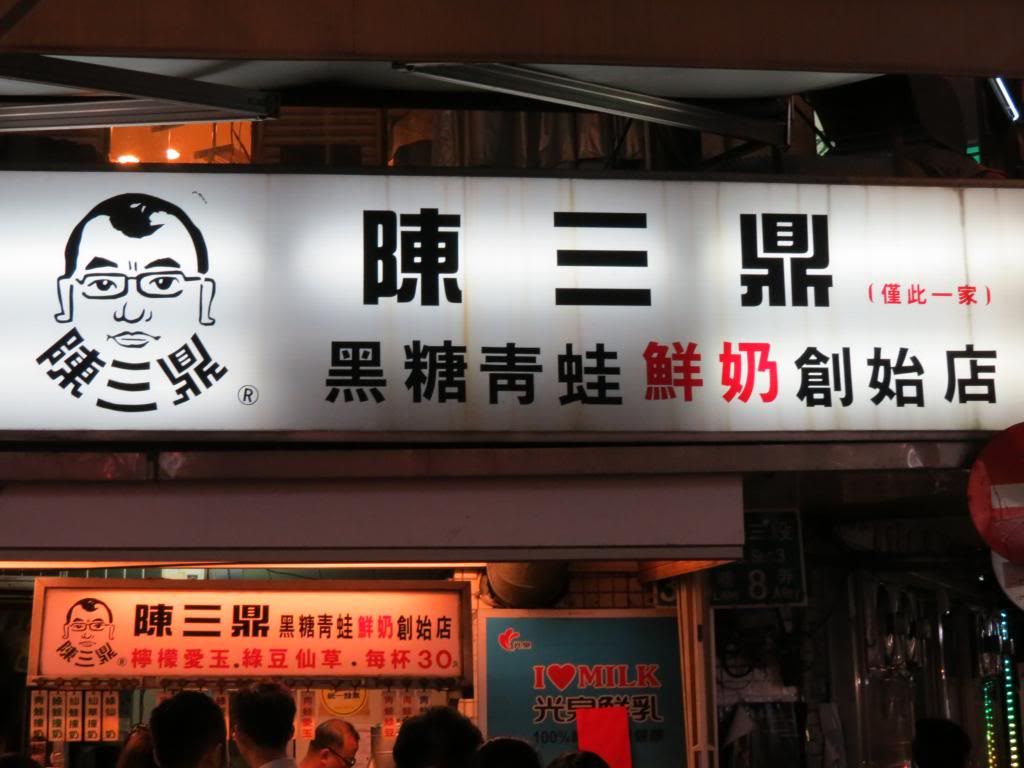 Every night and even sometimes during the day, locals and foreigners alike will line up and wait for as long as 20 to 30 minutes just for their $1 cup of milk tea.
Every night and even sometimes during the day, locals and foreigners alike will line up and wait for as long as 20 to 30 minutes just for their $1 cup of milk tea.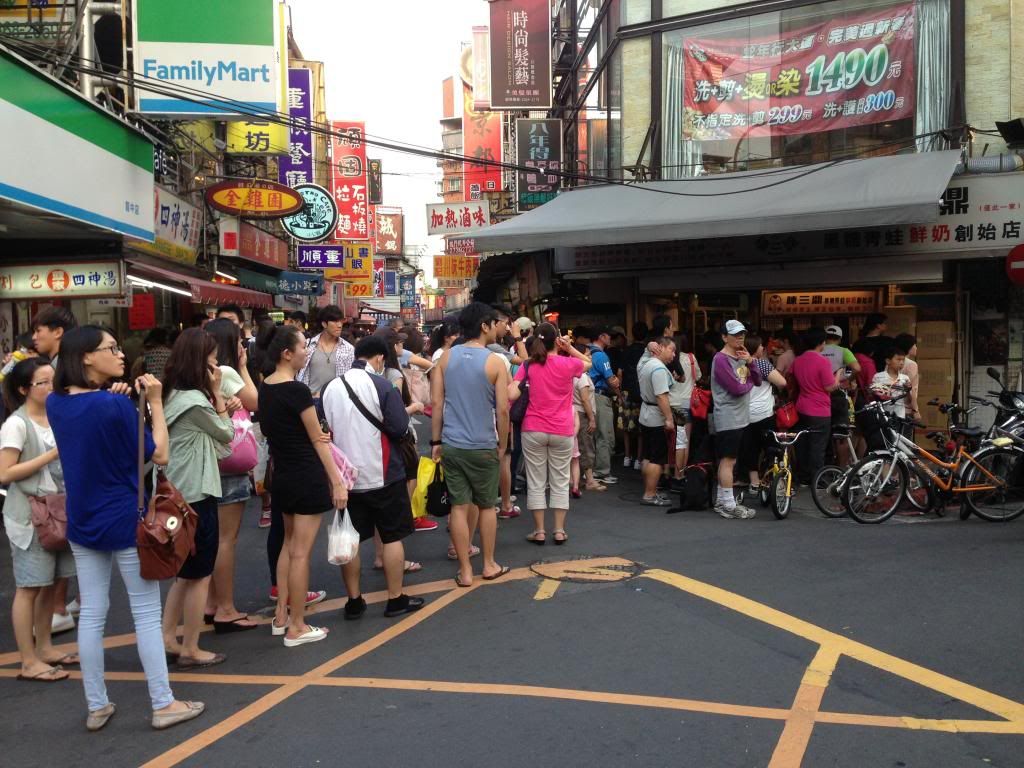 Another of my favorite restaurants is Din Tai Fung (鼎泰豐), known worldwide for its Xiao Long Bao (or small steamed buns, 小籠包). The buns here are unique because soup runs out when you take a small bite of one, making them more special than regular dumplings and steamed buns.
Another of my favorite restaurants is Din Tai Fung (鼎泰豐), known worldwide for its Xiao Long Bao (or small steamed buns, 小籠包). The buns here are unique because soup runs out when you take a small bite of one, making them more special than regular dumplings and steamed buns. Since their first restaurant opened in Taipei in the 1980s, Din Tai Fung has opened new branches in the United States, Japan, Hong Kong and elsewhere. However, having been to a branch in Arcadia before, I can say that the American branch just does not taste quite the same as the real deal in Taipei.
Since their first restaurant opened in Taipei in the 1980s, Din Tai Fung has opened new branches in the United States, Japan, Hong Kong and elsewhere. However, having been to a branch in Arcadia before, I can say that the American branch just does not taste quite the same as the real deal in Taipei.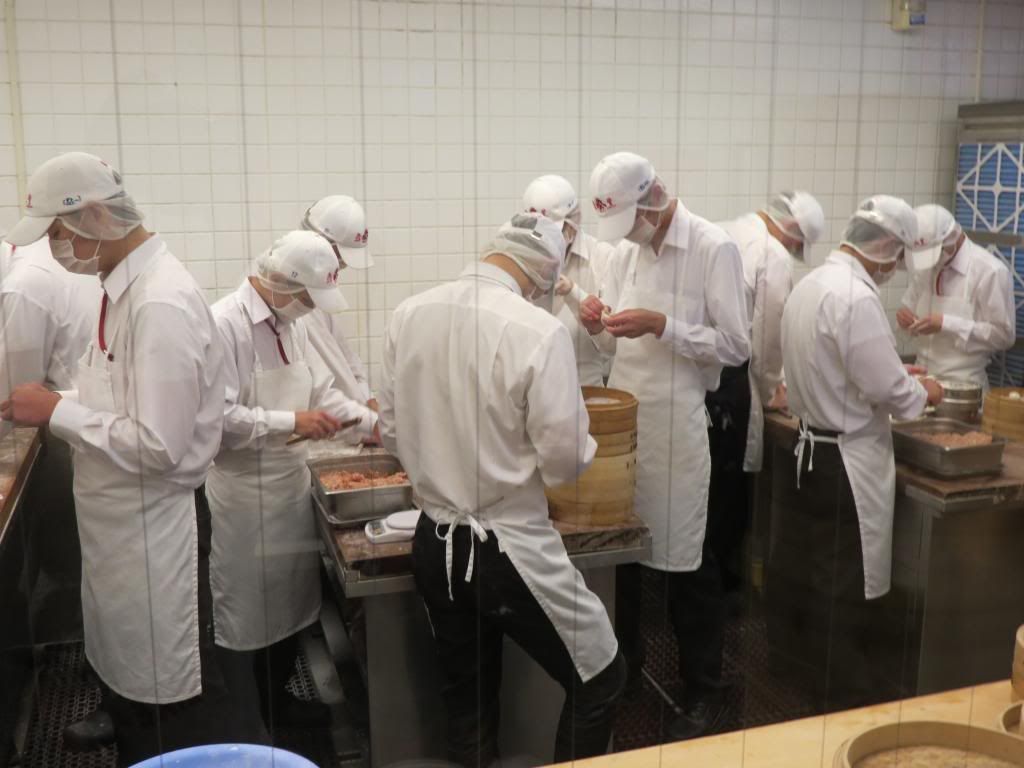 There is a window there where you can watch chefs make the Xiao Long Bao with precision.
There is a window there where you can watch chefs make the Xiao Long Bao with precision.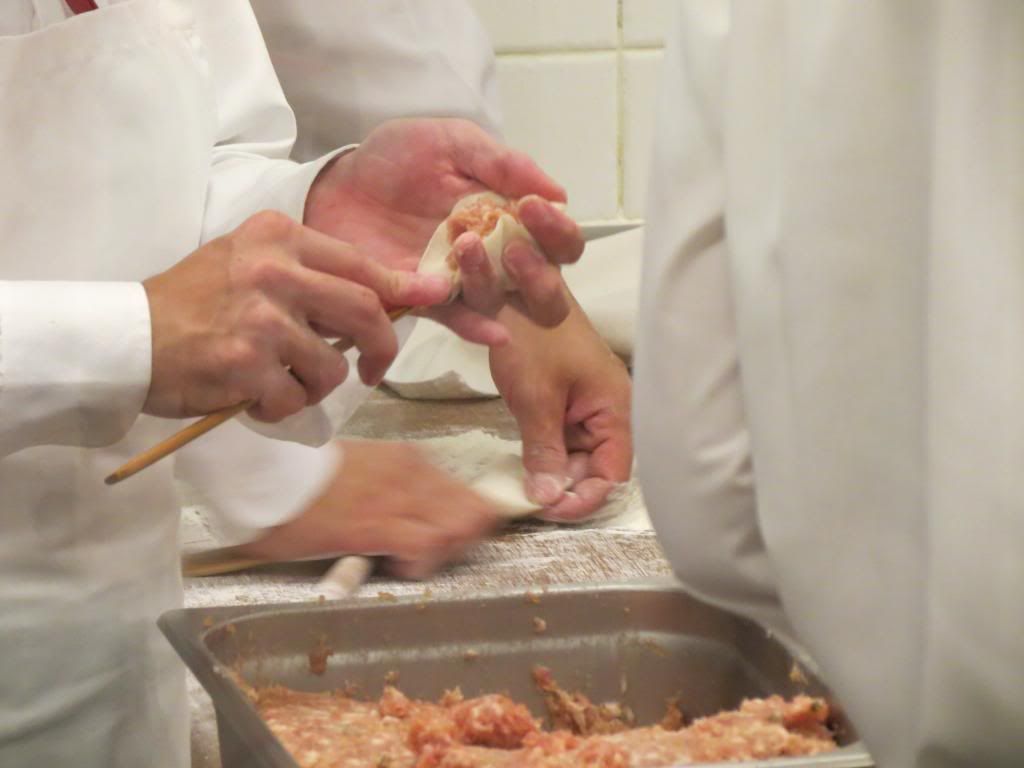 KentingThe first city that my uncle and aunt took us to was Kenting (墾丁), in the southernmost part of Taiwan. We went to a restaurant called Xiong Jia (or Bear Family, 熊家) that is famous for its stewed pig feet or knuckle (滷豬腳). The restaurant was in a large warehouse-like building that could seat up to 200 people.
KentingThe first city that my uncle and aunt took us to was Kenting (墾丁), in the southernmost part of Taiwan. We went to a restaurant called Xiong Jia (or Bear Family, 熊家) that is famous for its stewed pig feet or knuckle (滷豬腳). The restaurant was in a large warehouse-like building that could seat up to 200 people.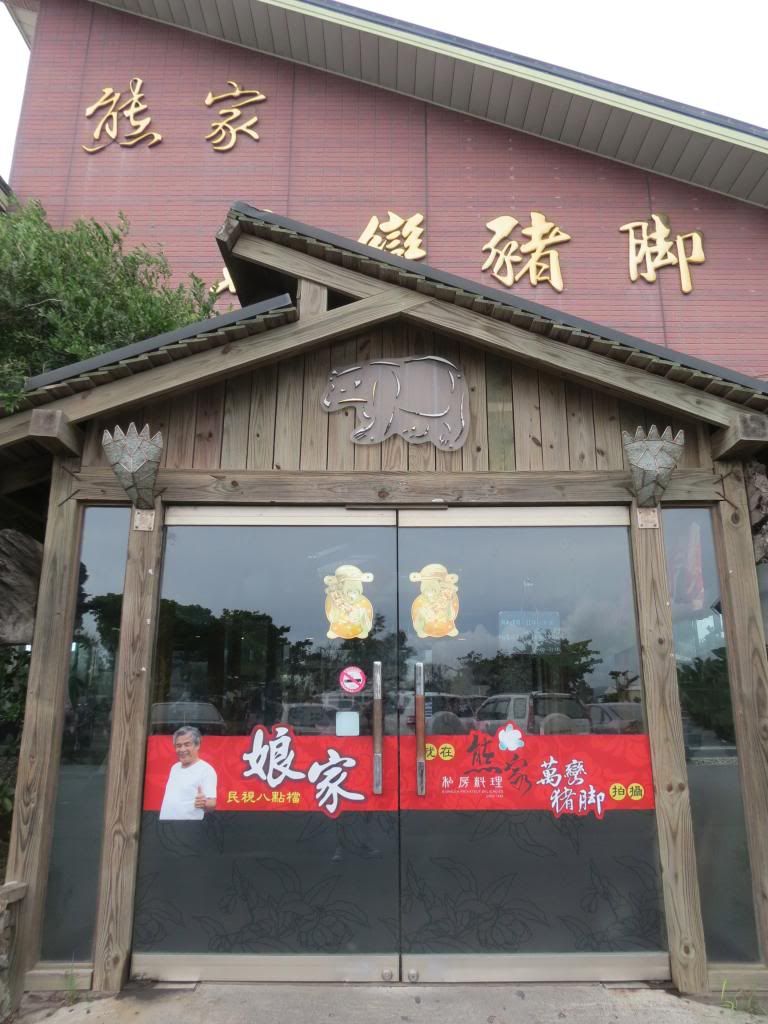 Stewed pig feet is a traditional Taiwanese dish that I grew up with, but I had never before had it the way Xiong Jia makes it. The meat was extremely tender and their special garlic sauce was exquisite as well.
Stewed pig feet is a traditional Taiwanese dish that I grew up with, but I had never before had it the way Xiong Jia makes it. The meat was extremely tender and their special garlic sauce was exquisite as well.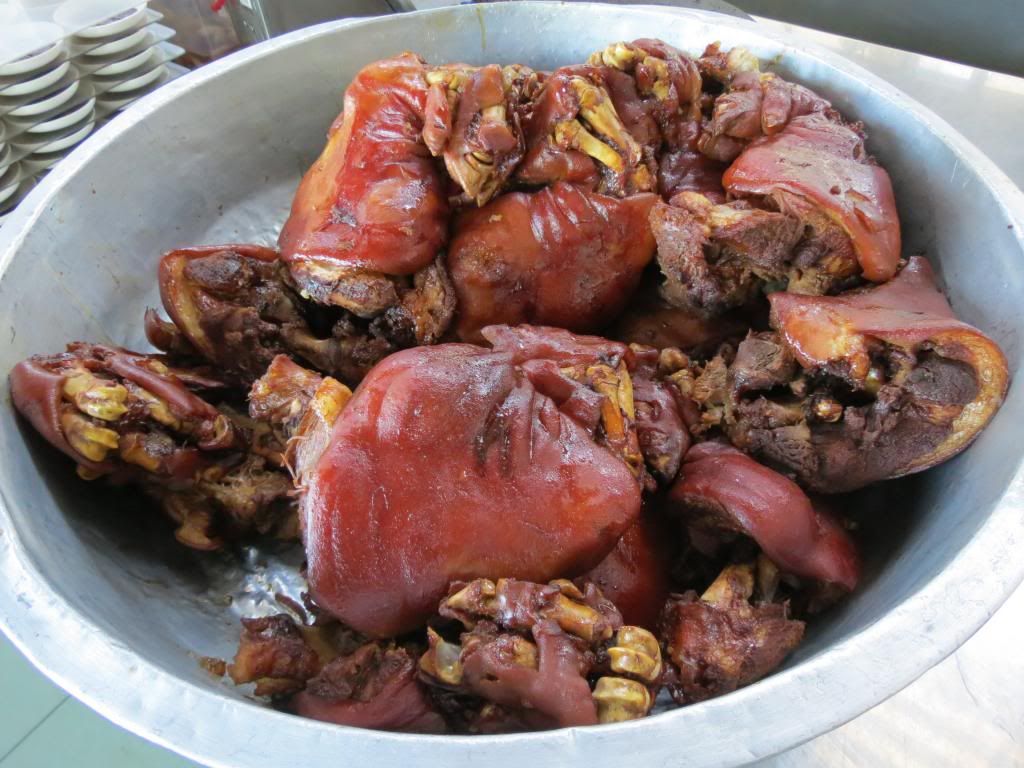
 The next stop on this culinary trek across Taiwan was Houbihu Marina (後壁湖). We went to a seafood restaurant at a local fish market that was right by the pier.
The next stop on this culinary trek across Taiwan was Houbihu Marina (後壁湖). We went to a seafood restaurant at a local fish market that was right by the pier.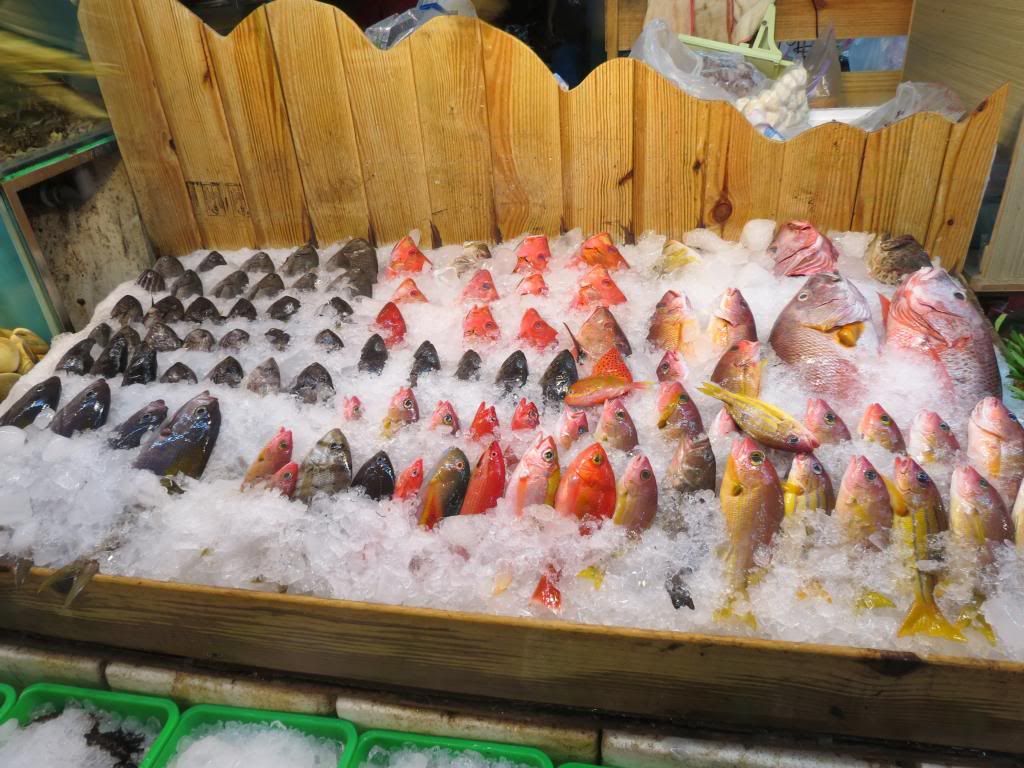 It was here that I had the most delicious platter of sashimi (生魚片) I have ever tried. Prior to having this specific plate, I was not a big fan of sashimi because of the fishy aftertaste that is common at many Japanese restaurants in America. However, with the fish being so fresh here, the aftertaste was not as strong, and I quickly became hooked.
It was here that I had the most delicious platter of sashimi (生魚片) I have ever tried. Prior to having this specific plate, I was not a big fan of sashimi because of the fishy aftertaste that is common at many Japanese restaurants in America. However, with the fish being so fresh here, the aftertaste was not as strong, and I quickly became hooked. KaohsiungKaohsiung (高雄) is a little northwest of Kenting, so this was the next stop on our trip. My cousins both went to university in Kaohsiung, so my uncle and aunt were relatively familiar with the city. There was a famous shaved ice (剉冰) shop right near our hotel. I am not a huge fan of the traditional Taiwanese shaved ice which has taro, red beans, etc., so I ordered a fruit one that had watermelon, banana, pineapple, mango and guava chunks in strawberry shaved milk ice.
KaohsiungKaohsiung (高雄) is a little northwest of Kenting, so this was the next stop on our trip. My cousins both went to university in Kaohsiung, so my uncle and aunt were relatively familiar with the city. There was a famous shaved ice (剉冰) shop right near our hotel. I am not a huge fan of the traditional Taiwanese shaved ice which has taro, red beans, etc., so I ordered a fruit one that had watermelon, banana, pineapple, mango and guava chunks in strawberry shaved milk ice. JiaosiAfter our trip to Kenting and Kaohsiung, we went to Jiaosi (礁溪) and Yilan (宜蘭), both of which are in the northeastern part of Taiwan. Jiaosi is known for its hot springs and Yilan is known for its summer concerts and surfing. On the way there, we stopped by an attraction called Nanya Peculiar Stone (南雅奇岩).
JiaosiAfter our trip to Kenting and Kaohsiung, we went to Jiaosi (礁溪) and Yilan (宜蘭), both of which are in the northeastern part of Taiwan. Jiaosi is known for its hot springs and Yilan is known for its summer concerts and surfing. On the way there, we stopped by an attraction called Nanya Peculiar Stone (南雅奇岩). Under a highway bridge, some local scuba divers were cooking some sea urchins (海膽) that they had found on a small pit, as well as some chicken that they had brought from home.
Under a highway bridge, some local scuba divers were cooking some sea urchins (海膽) that they had found on a small pit, as well as some chicken that they had brought from home. They were also stewing some fish soup in a large pot. Although we did not try any of their food, it was an intriguing sight that I had never seen before.
They were also stewing some fish soup in a large pot. Although we did not try any of their food, it was an intriguing sight that I had never seen before.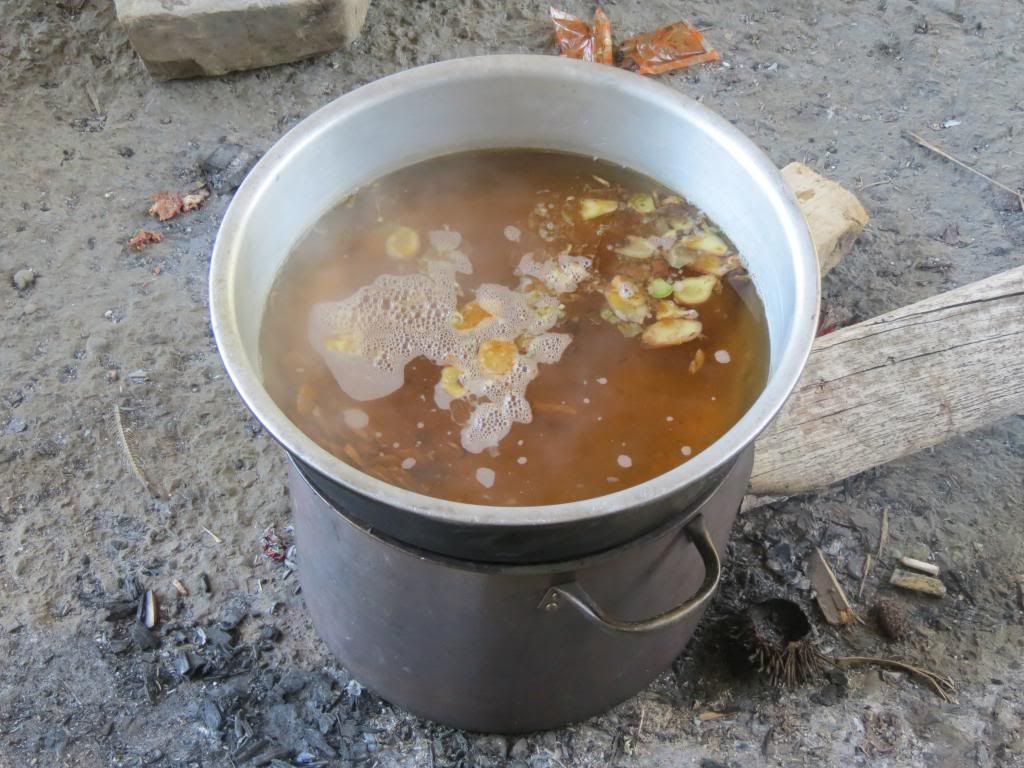 Ali MountainThe most famous tourist attraction in Taiwan apart from Taipei is Ali Mountain (阿里山) in central Taiwan. Tourists from China and Japan flock here in hordes just to see the elusive but captivating sunrise. We went to a traditional restaurant near our hotel.
Ali MountainThe most famous tourist attraction in Taiwan apart from Taipei is Ali Mountain (阿里山) in central Taiwan. Tourists from China and Japan flock here in hordes just to see the elusive but captivating sunrise. We went to a traditional restaurant near our hotel. Many aborigines live in this region. In this particular restaurant, they use bamboo everywhere in the construction and decoration of the restaurant.
Many aborigines live in this region. In this particular restaurant, they use bamboo everywhere in the construction and decoration of the restaurant.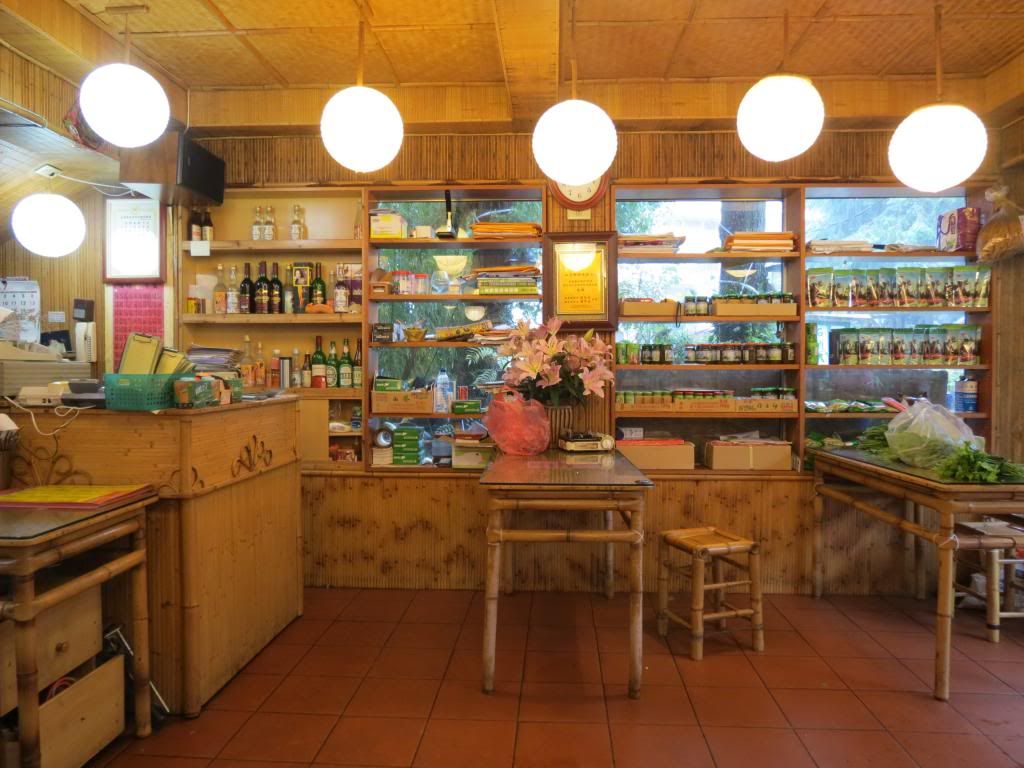 Starting from the upper left in the image below, we had some spicy tofu, veggies, bamboo shoots, chicken (traditionally served cold), fish and a mushroom soup.
Starting from the upper left in the image below, we had some spicy tofu, veggies, bamboo shoots, chicken (traditionally served cold), fish and a mushroom soup. FenqihuAli Mountain is famous for the train that can take you from the base of the mountain to near the top. Since a typhoon had just hit before our visit, the train was closed. Despite that, we still decided to visit Fenqihu (奮起湖), a small town that marks the midway point to the top of Ali Mountain. We went to a restaurant in a hotel known for its boxed meals, or bento 便當.
FenqihuAli Mountain is famous for the train that can take you from the base of the mountain to near the top. Since a typhoon had just hit before our visit, the train was closed. Despite that, we still decided to visit Fenqihu (奮起湖), a small town that marks the midway point to the top of Ali Mountain. We went to a restaurant in a hotel known for its boxed meals, or bento 便當.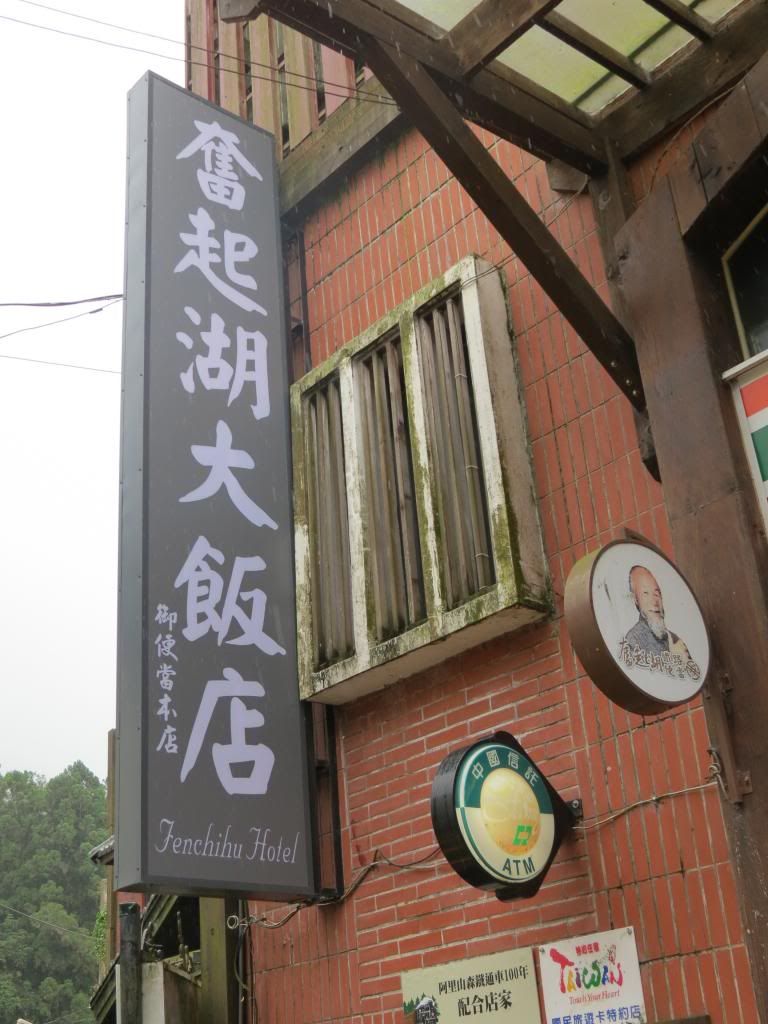 The restaurant had wooden stumps for seats and beautifully carved wooden tables.
The restaurant had wooden stumps for seats and beautifully carved wooden tables. The boxed meal itself is typical of the kind that many businesspeople or tourists would buy and take with them to eat on the train. For a little over $3 per box, this specific meal had a nice chunk of grilled pork, a chicken drumstick, and other veggies (小菜) inside, all over a big scoop of rice.
The boxed meal itself is typical of the kind that many businesspeople or tourists would buy and take with them to eat on the train. For a little over $3 per box, this specific meal had a nice chunk of grilled pork, a chicken drumstick, and other veggies (小菜) inside, all over a big scoop of rice.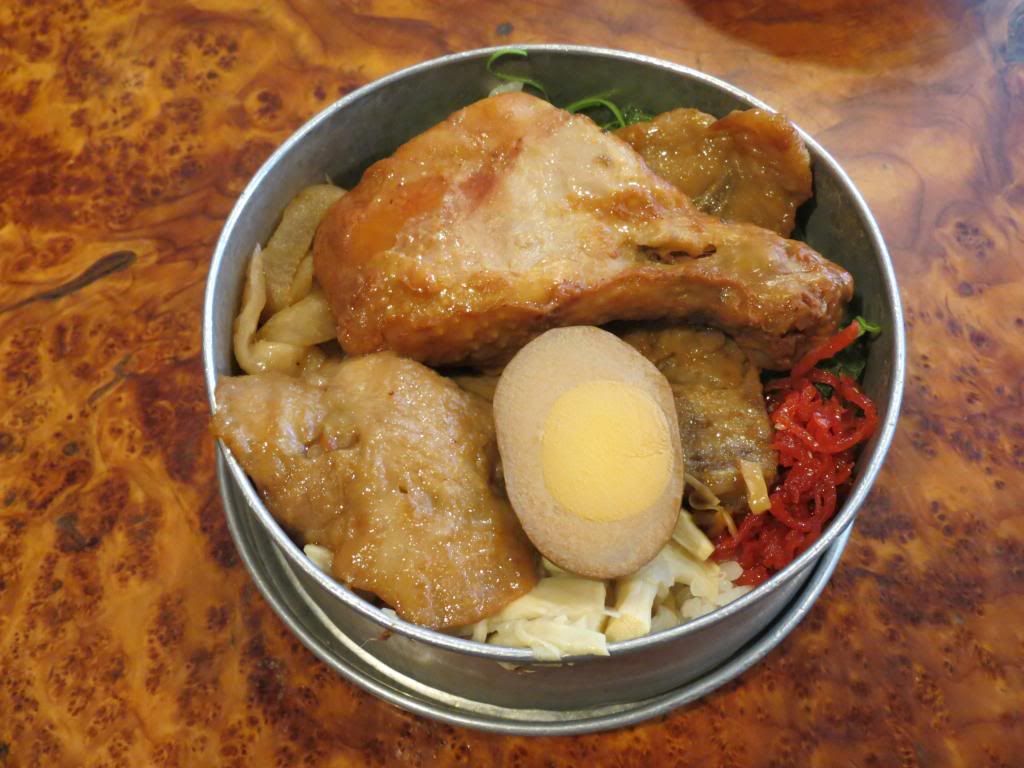 XitouXitou (溪頭) is a city that is also in central Taiwan. Its Forest Recreation Park (森林遊樂區) is an area of 2,500 hectares where we saw many indigenous trees, bamboo forests, waterfalls and the famous bridge at University Pond (大學池) where Chiang Kai-Shek posed for pictures with a group of college students in 1960. The food that most represents this region is rice cooked in a bamboo tube (竹筒飯). Originated by Taiwanese aborigines, rice is placed inside a bamboo tube and steamed until fully cooked, which infuses the flavor of the bamboo into the rice.
XitouXitou (溪頭) is a city that is also in central Taiwan. Its Forest Recreation Park (森林遊樂區) is an area of 2,500 hectares where we saw many indigenous trees, bamboo forests, waterfalls and the famous bridge at University Pond (大學池) where Chiang Kai-Shek posed for pictures with a group of college students in 1960. The food that most represents this region is rice cooked in a bamboo tube (竹筒飯). Originated by Taiwanese aborigines, rice is placed inside a bamboo tube and steamed until fully cooked, which infuses the flavor of the bamboo into the rice.
 TainanMy brother and I visited Tainan (台南), where my dad works for a high-tech company. Tainan is a city in southern Taiwan, right above Kaohsiung, which used to be a Dutch colonial settlement. We went to one of his favorite restaurants, a Japanese-inspired seafood restaurant called Shan Ji Fish Shop(山記魚仔店).
TainanMy brother and I visited Tainan (台南), where my dad works for a high-tech company. Tainan is a city in southern Taiwan, right above Kaohsiung, which used to be a Dutch colonial settlement. We went to one of his favorite restaurants, a Japanese-inspired seafood restaurant called Shan Ji Fish Shop(山記魚仔店).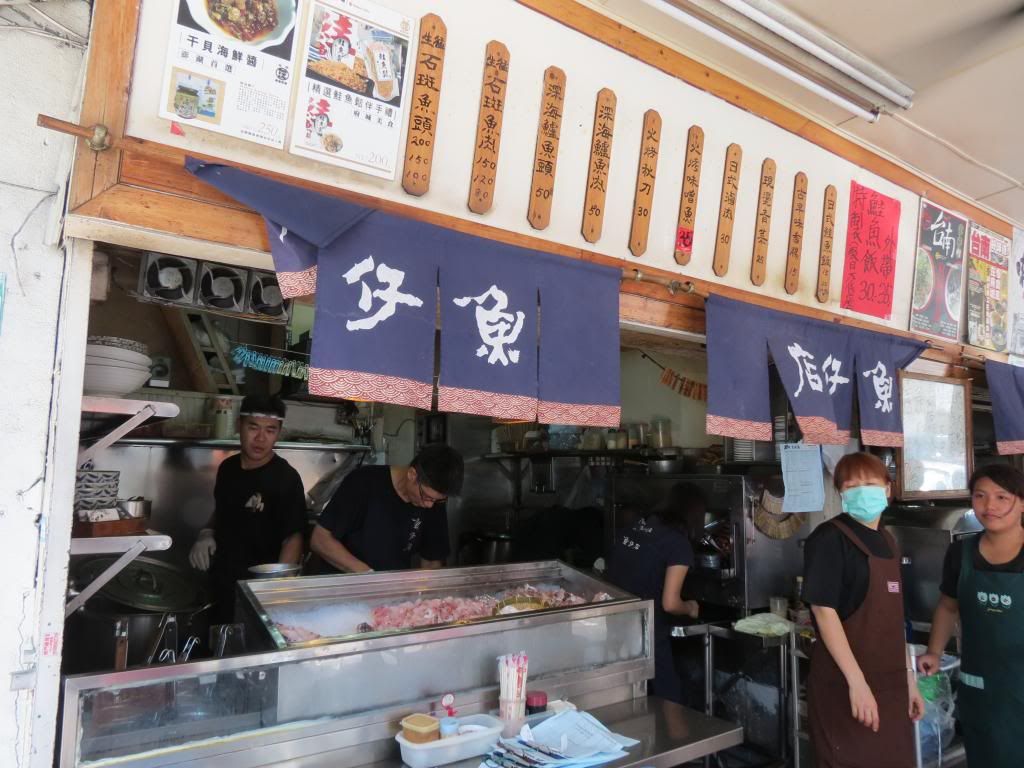 Local fishermen catch the fresh fish they use every morning, which provides a succulent flavor in all of their dishes. Here is a platter of yellowtail tuna sashimi.
Local fishermen catch the fresh fish they use every morning, which provides a succulent flavor in all of their dishes. Here is a platter of yellowtail tuna sashimi.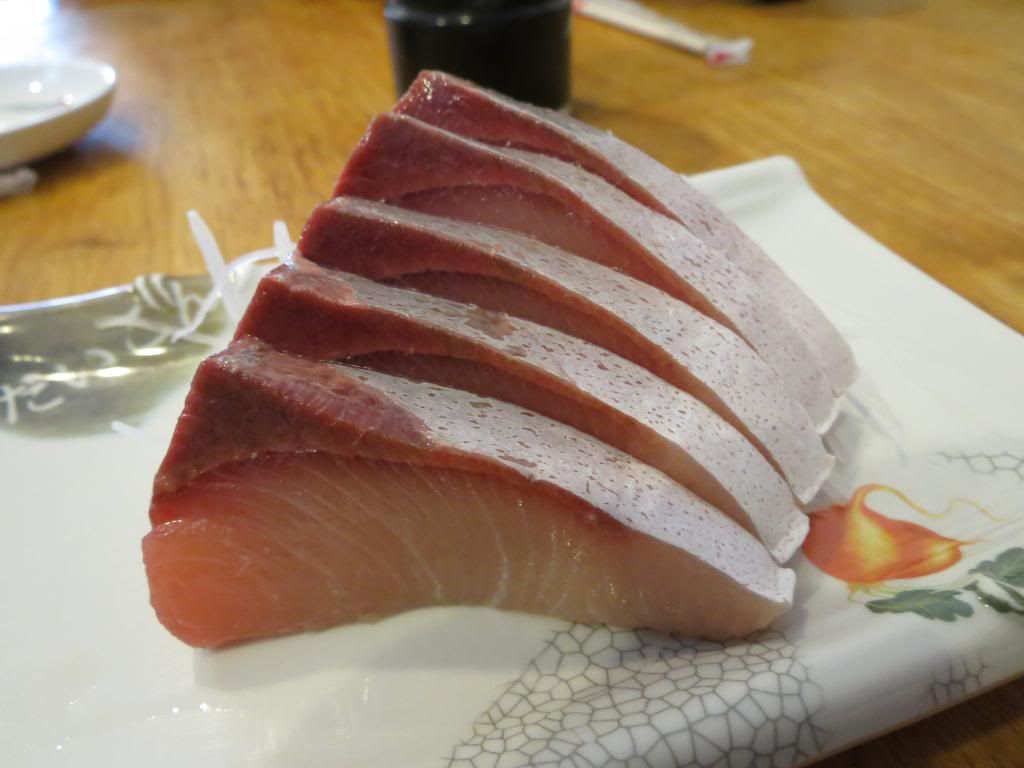 My dad loves their fish soup. When the fish used is fresh and the soup is cooked just right, the soup has a sweet flavor to it.
My dad loves their fish soup. When the fish used is fresh and the soup is cooked just right, the soup has a sweet flavor to it.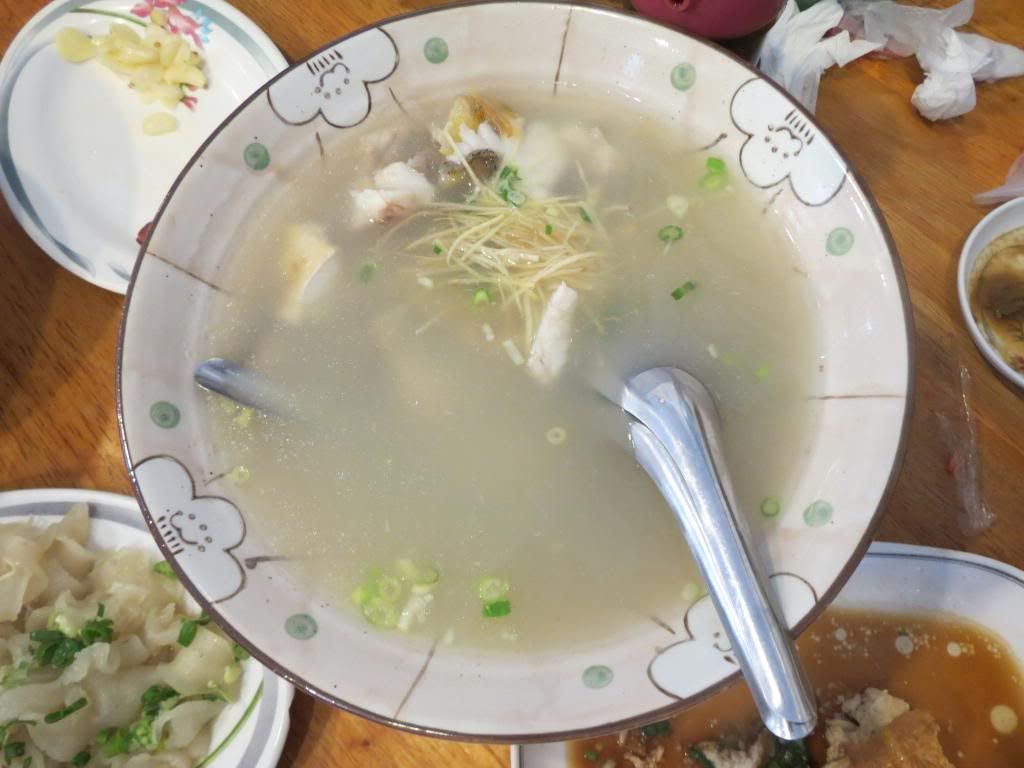 Sardines are also a local delicacy, flavored here with some onions.
Sardines are also a local delicacy, flavored here with some onions. JiufenOur final destination on this culinary tour of Taiwan is Jiufen (九份), a beautiful town in northern Taiwan that served as the inspiration for Hayao Miyazaki’s film “Spirited Away.” With architecture strongly influenced by Japanese colonization, Jiufen was a prosperous gold mining town but is now predominantly a tourist attraction.
JiufenOur final destination on this culinary tour of Taiwan is Jiufen (九份), a beautiful town in northern Taiwan that served as the inspiration for Hayao Miyazaki’s film “Spirited Away.” With architecture strongly influenced by Japanese colonization, Jiufen was a prosperous gold mining town but is now predominantly a tourist attraction. No meal is complete without dessert, and we had a Japanese-inspired dessert, commonly known as dorayaki (or red bean pancake, 銅鑼焼). It is the favorite snack of the cartoon character Doraemon (小叮噹), which I grew up watching. Instead of using red bean paste, the owner of this shop uses ice cream, and I chose a simple yet heavenly dorayaki with vanilla ice cream.
No meal is complete without dessert, and we had a Japanese-inspired dessert, commonly known as dorayaki (or red bean pancake, 銅鑼焼). It is the favorite snack of the cartoon character Doraemon (小叮噹), which I grew up watching. Instead of using red bean paste, the owner of this shop uses ice cream, and I chose a simple yet heavenly dorayaki with vanilla ice cream.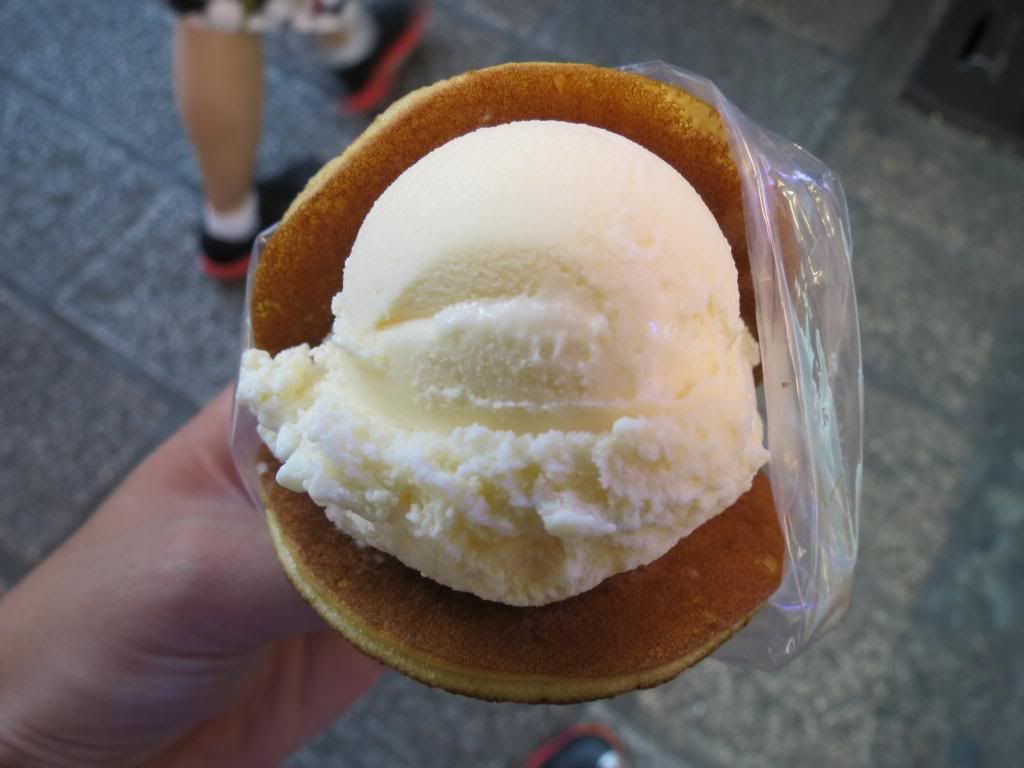 With such a wide variety of food everywhere I went, it was hard to choose just a few of my favorite meals to show. However, I can definitely say that my time in Taiwan this summer traveling to so many new cities was very well spent. I hope I can continue to explore more of Taiwan’s incredible cuisine next summer!All images by Kirstie Yu, Prospect Staff Writer
With such a wide variety of food everywhere I went, it was hard to choose just a few of my favorite meals to show. However, I can definitely say that my time in Taiwan this summer traveling to so many new cities was very well spent. I hope I can continue to explore more of Taiwan’s incredible cuisine next summer!All images by Kirstie Yu, Prospect Staff Writer
